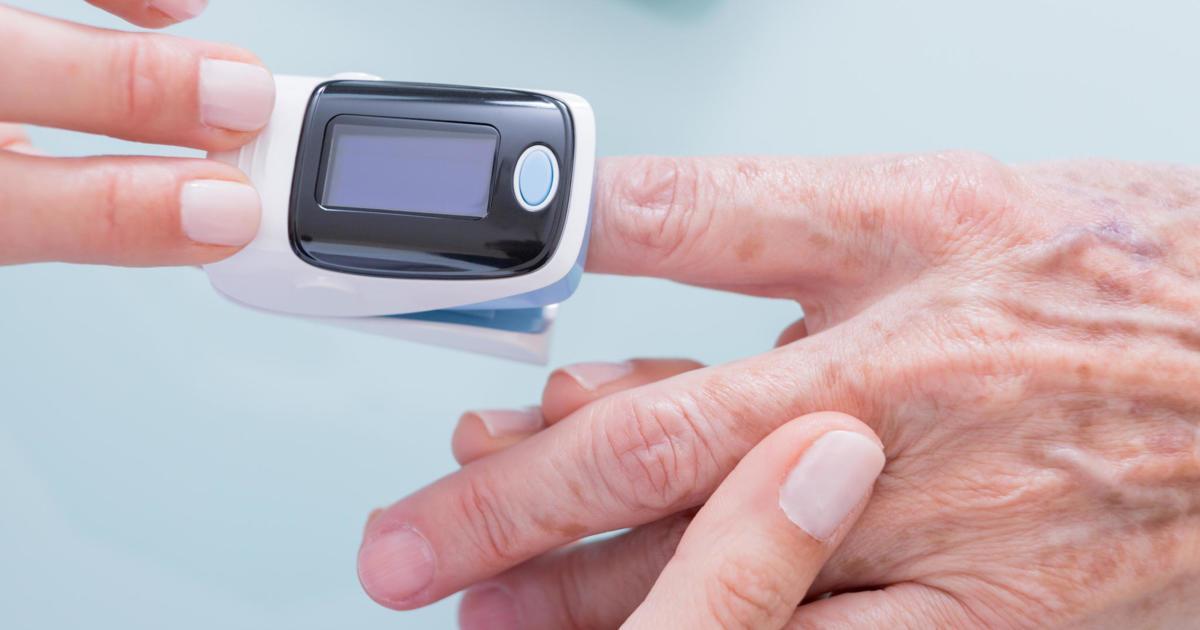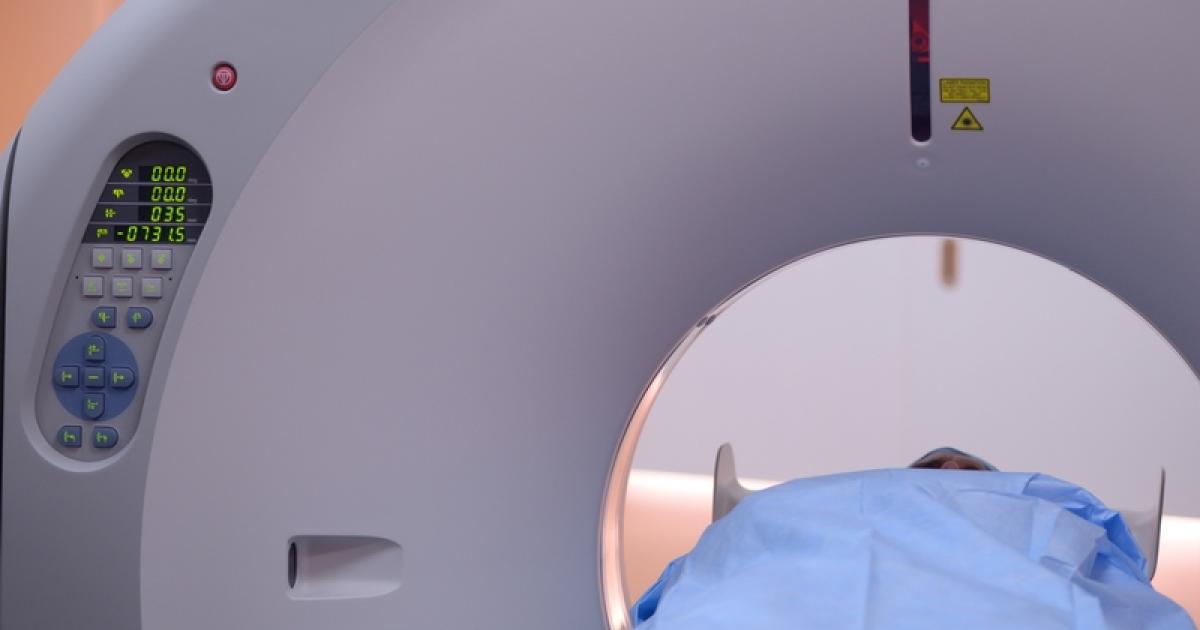Guide To Diagnosing And Treating Atelectasis
Oximetry

Oximetry is a test that might be used to help determine how severe atelectasis is. It's a simple and painless test that measures the amount of oxygen in the patient's blood. A device similar to a clip is placed on a certain body part. In most cases, doctors or nurses will place it on the patient's finger, but their ear lobes might also be used. The probe measures the amount of oxygen in the patient's blood by using light. The information gathered allows a healthcare provider to determine whether the patient needs extra oxygen or not. Oximetry may be used after the doctor has made an atelectasis diagnosis using a simple examination and chest X-ray.
CT Scan

A computerized tomography (CT) scan uses more sensitive techniques than X-rays. When a chest X-ray isn't providing enough information, doctors will sometimes use a CT scan to determine the type and cause of atelectasis. With this type of scan, a machine gathers a series of X-rays taken at multiple angles surrounding the patient's body. Using computer software, the machine creates cross-section images of the patient's bones, lungs, blood vessels, and other tissues. Unlike X-rays, which only provide one image and angle, CT scans create more detailed and layered images. CT scans are used to visualize almost all areas of the body, and they tend to be relatively quick procedures.
